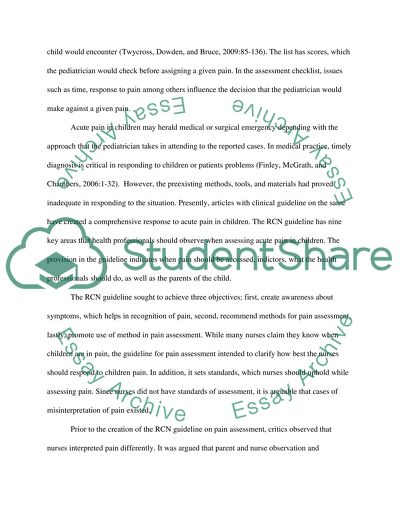Cite this document
(“Acute Pain in Children Essay Example | Topics and Well Written Essays - 2250 words”, n.d.)
Retrieved from https://studentshare.org/nursing/1399907-acute-pain-in-children
Retrieved from https://studentshare.org/nursing/1399907-acute-pain-in-children
(Acute Pain in Children Essay Example | Topics and Well Written Essays - 2250 Words)
https://studentshare.org/nursing/1399907-acute-pain-in-children.
https://studentshare.org/nursing/1399907-acute-pain-in-children.
“Acute Pain in Children Essay Example | Topics and Well Written Essays - 2250 Words”, n.d. https://studentshare.org/nursing/1399907-acute-pain-in-children.


